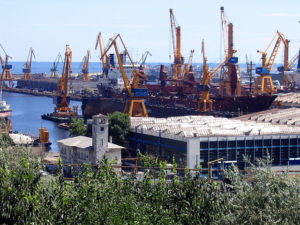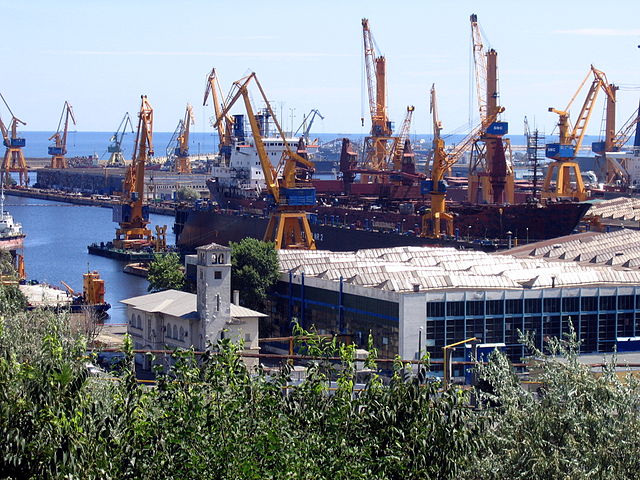 The travails of the shipping industry are spilling over to the shipbuilding sector, which has so far been booking the smallest volume of newbuilding orders in more than two decades, according to a report by the Baltic and International Maritime Council (Bimco).
The travails of the shipping industry are spilling over to the shipbuilding sector, which has so far been booking the smallest volume of newbuilding orders in more than two decades, according to a report by the Baltic and International Maritime Council (Bimco).
Bimco in a new analysis said shipyards are becoming “the next victim of the deteriorating conditions in the dry bulk, container and offshore markets as 2016 looks to set the record for the lowest newbuilding contracts in more than 20 years.”
After a decline in 2010 through 2012, shipbuilding had a rebound in 2013 and was expected to level out over the next few years. Instead there was a slight decline in 2014 and 2015, but still high levels of contracting as measured by compensated gross tonnage (CGT).
Since then, however, shipyards have crashed, as the contracted CGT globally has reached its lowest level on record, said Bimco.
Peter Sand, chief shipping analyst at BIMCO, said: “Since the high contracting in 2013, BIMCO expected the shipyards could come under pressure. This expectation became a reality at the start of 2016, with Q1 contracting the second lowest CGT in 20 years.”
Only the shipyards in Europe saw an increase in contracting in the first eight months of 2016 compared to the same period in 2015. Europe contracted 2.52 million CGT, an increase of 45.3% compared to the previous year.
Japan and South Korea, on the other hand, had the biggest decline in contracting, down by 86.7% and 86.5% respectively, compared to the same months the year before. China contracted 49% less CGT in that period.
Globally, the tanker and container segments are the main reasons for diminishing new orders by percentage and CGT in 2016, noted the report. Combined, they accounted for 67.7% of the total contracted CGT in the first eight months of 2015. This year, tanker contracts are down by 80.1% and container contracts are down 84.1% compared to the January-August period of last year.
Declining contracts and continuing shipyard overcapacity has put pressure on the shipyards’ order cover. The order cover is the number of years it will take to deliver the scheduled order book, based on the capacity of the shipyards. Therefore, a low order cover can be a result of high capacity at the shipyards, as well as a decreasing order book.
Shipbuilding in South Korea is suffering the most, as these shipyards hold orders for less than two years of building. Europe continues the positive trend seen in contracted CGT, with increasing order cover.
This shows that additional contracting orders are not being absorbed by new shipyards entering the market, said Bimco.
Peter Sand added: “There is a declining trend for Japan, China and South Korea and with such low levels of newbuilding contracts being placed, this will look even more severe next year. However, the order cover could have been even lower, if capacity had been taken out due to shipyards cutting down on operations or closing entirely.”
South Korea saw the order cover start to decrease from 2014 to 2015, whereas China and Japan saw the decline one and two years later respectively. This might be an indication of South Korean capacity being held artificially alive by government support, said Bimco.
Notably, Europe’s order cover is still increasing and is currently 5.3 years. Europe is, however, only responsible for 9.3% of the global order book. The order book for Europe consists mainly of ferries, tugs, and cruise ships.
As 67.9% of the Chinese order book and 58.4% of the Japanese order book are deliveries for the beleaguered container, dry bulk, or offshore segments, postponements and cancellations are possible.
“The postponements can add a further headache to the shipyards’ liquidity, as the final payments in these cases may be delayed,” said the council.
Photo: Acaro





